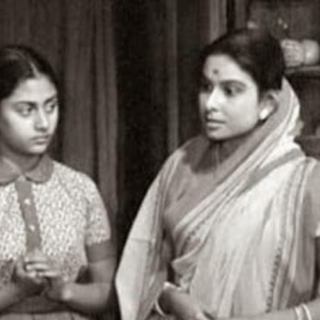The pandemic raised important questions about public health messaging, with experts pursuing the most effective ways to influence people’s behavior and mindset. Turns out, the key is to target small groups of people on the fringes, instead of influencers with huge internet clout, according to a new study.
The art of influence has had a fascinating journey in the digital age, as prominent people endorse products, ideas, ways of living to set an example. But when it comes to transmitting new ideas or behavior patterns that challenge existing beliefs, experts note the impact of social influencers and thought leaders may be limited at best.
“When social influencers present ideas that are dissonant with their followers’ worldviews — say, for example, that vaccination is safe and effective — they can unintentionally antagonize the people they are seeking to persuade because people typically only follow influencers whose ideas confirm their beliefs about the world,” said Damon Centola, a professor of communication and sociology at the University of Pennsylvania in the U.S., and senior author on the paper.
Another way of thinking about this is: we tend to follow people on the internet who subscribe to our worldview and, when they differ from our ideology, the response is either to agree with what they say or strongly disagree. When it comes to strong socio-cultural beliefs, we tend to disagree with them more often than not and may end up unfollowing them. The idea of “echo chambers” as polarized clusters is a subsequent result.
Published in Nature Communications this week, the researchers tracked the spread of an awareness program across 43 Indian villages to show the impact. As part of that, they analyzed over 400 public health networks to discover which people could spread new ideas and behaviors most effectively — testing each person’s reach to determine who would be most effective for spreading everything from celebrity gossip to vaccine acceptance.
“Our big discovery is that every network has a hidden social cluster in the outer edges that is perfectly poised to increase the spread of a new idea by several hundred percent. These social clusters are ground zero for triggering tipping points in society,” Centola said.
Related on The Swaddle:
Tell Me More: Talking Community Medicine and Vaccine Hesitancy in India With Dr. Aqsa Shaikh
The findings are also interesting at a time when things spread like wildfire by virtue of their “viral” nature. “Dozens of algorithms that are currently used by enterprises seeking to spread new ideas are based on the fallacy that everything spreads virally,” says Centola. This is also true in light of the reach internet celebrities may have over socially disadvantaged communities.
Which is not to dismiss the cultural hold influencers have over public discourse. There is limited knowledge on how health interventions through social influencers are implemented to promote healthy behavior. The theory of “social networks” includes ideas of social connectedness, social distance, and social influence. So while influencers may have “social influence,” the lack of connection and more distance may restrict the impact of messaging.
Instead, the research argues that it is the type of information that determines how and who should pass it on a social network. So while influencers’ reach has helped with the spread of gossip (or other easily digestible information) and interesting cultural ideas, public behavior is far more impacted when the origin of an idea is from a member of the community itself. One of the key findings is not every piece of information spreads through a social network in the same way.
“The more uncertain people were about a new idea, the more that social influence moved to the people who only had parochial connections, rather than people with many far-reaching social connections.” Douglas Guilbeault, Ph.D., who also worked on the study, added, “the people in the edges of the network suddenly had the greatest influence across the entire community.”
Notably, one of India’s biggest vaccination challenges was addressing hesitancy among tribal and rural groups. The dissemination of information through networks like the Accredited Social Health Activists (ASHAs) was also significant. Activists and public health experts trekking to different hilly areas or localized groups to spread awareness is also an example of the hold local social networks have.
Centola notes “we can use this knowledge to pinpoint hotspots in the social graph. This can allow us to accurately tailor our network strategies for effecting positive social change.”




